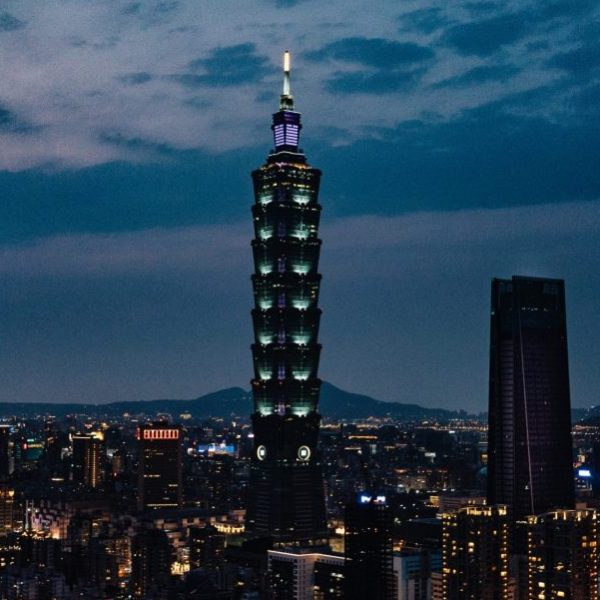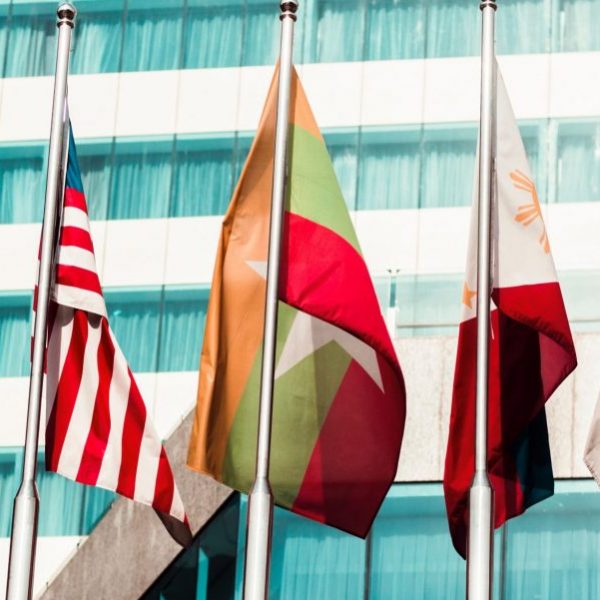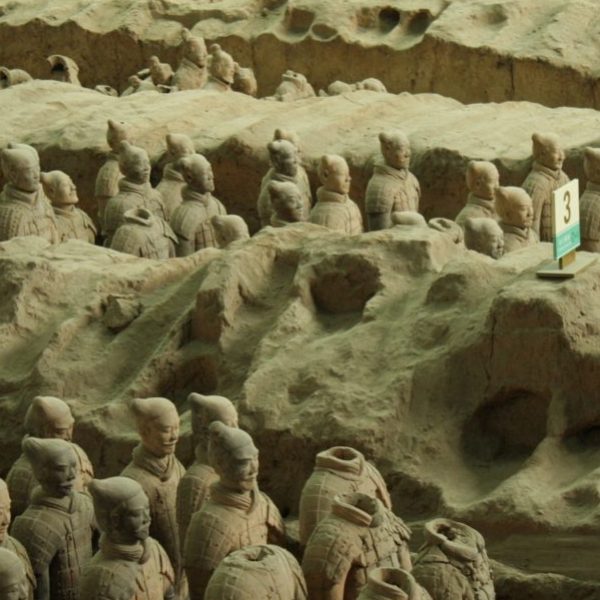Happy Birthday to the Dalai Lama

Photograph by Yancho Sabev; licensed under Creative Commons Attribution-Share Alike 3.0 Unported license.
His Holiness the fourteenth Dalai Lama turns 76 today, according to the best estimates. Revered as the reincarnation of the thirteenth Dalai Lama and celebrated for his extensive work for peace, Tenzin Gyatso has been a spiritual and political leader in Tibet for decades. His role in Tibet is described by Sam van Schaik in Tibet: A History, which examines Tibetan history and politics from 600 C.E. to the present.
The thirteenth Dalai Lama spoke “warmly” of the area where the current Dalai Lama was found, near the Sino-Tibetan borderlands, which lent credibility to the discovery of his successor there. It is said that the thirteenth leader died early, at 57, “so that his successor would be old enough lead Tibet when the trouble came.” Trouble in Tibet, however, has plagued Tenzin Gyatso since the beginning of his role in politics. The monks found him after a period of turmoil following the previous Dalai Lama’s death, which included a war between two regents. The situation only worsened in the new leader’s life, with Tibet falling to China. In 1954, Mao Zedong flattered and convinced the young Dalai Lama to trust him, only to enforce the strict Communist control of China on his state.
 Instead of being known from infancy like the current leader, the first two Dalai Lamas were not titled as such until after their deaths. The third was both the first Tibetan to receive the title and the first to receive it in his lifetime, in the year 1577. The title did not even originate from Tibetan dialects, but from Mongolian. Sonam Gyatso, a fifteen-year-old lama, abbot, and important figure in the Gelug school for his teachings, was invited by a prince to visit Inner Mongolia. There, Sonam Gyatso gave the prince Altan Khan both teaching and tantric initiation, who in return gave the lama Mongolian patronage and a new title that translates, “The Wondrous Vajra-Holder, Excellent, Splendid Meritorious Ocean”—which was shortened to “Dalai.” The line of Dalai Lamas continued to wield great power until mid-eighteenth century but would not again have such influence until the twentieth.
Instead of being known from infancy like the current leader, the first two Dalai Lamas were not titled as such until after their deaths. The third was both the first Tibetan to receive the title and the first to receive it in his lifetime, in the year 1577. The title did not even originate from Tibetan dialects, but from Mongolian. Sonam Gyatso, a fifteen-year-old lama, abbot, and important figure in the Gelug school for his teachings, was invited by a prince to visit Inner Mongolia. There, Sonam Gyatso gave the prince Altan Khan both teaching and tantric initiation, who in return gave the lama Mongolian patronage and a new title that translates, “The Wondrous Vajra-Holder, Excellent, Splendid Meritorious Ocean”—which was shortened to “Dalai.” The line of Dalai Lamas continued to wield great power until mid-eighteenth century but would not again have such influence until the twentieth.

























